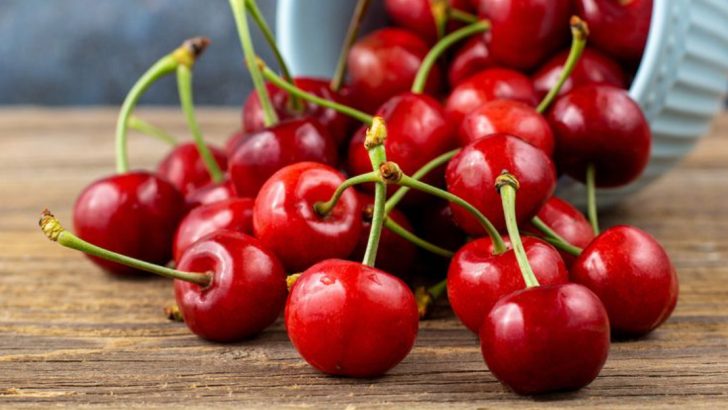Stone fruits are some of the juiciest, sunniest treats nature has to offer. They’re all built the same way—with soft or firm flesh wrapped around a hard center pit—but each brings something unique to the table.
From syrupy peaches to tropical mangoes and tiny, tart cherries, stone fruits are bursting with character.
This list explores 15 favorites that are perfect for snacking, baking, grilling, or simply celebrating peak-season flavor.
1. Peaches
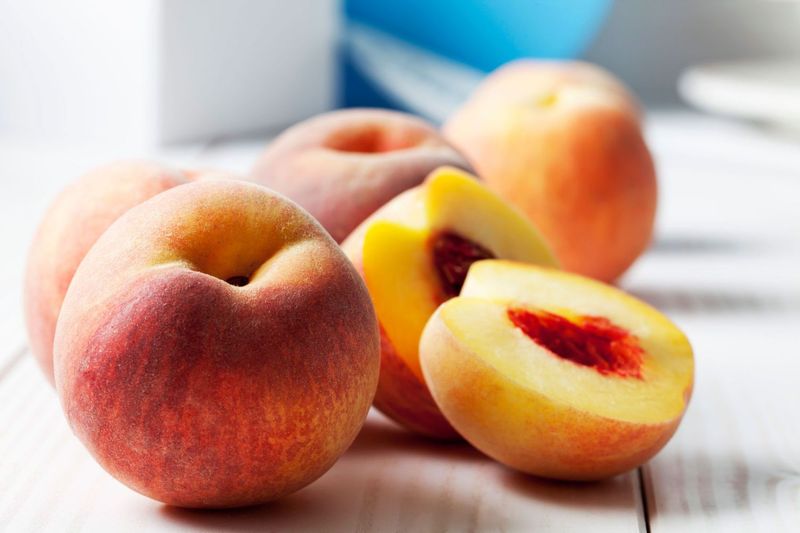
Golden and plush, peaches are summer’s poster fruit. Their fuzzy skin gives way to deeply aromatic flesh that’s both juicy and tender, with just the right kiss of tang. The flavor walks a line between floral sweetness and mellow acidity, making them equally perfect for sweet or savory use.
They’re the soul of cobblers and crumbles, unforgettable when grilled with butter, and best eaten fresh with the juice running down your wrist. Whether yellow or white-fleshed, clingstone or freestone, peaches never disappoint when they’re ripe and ready.
2. Nectarines
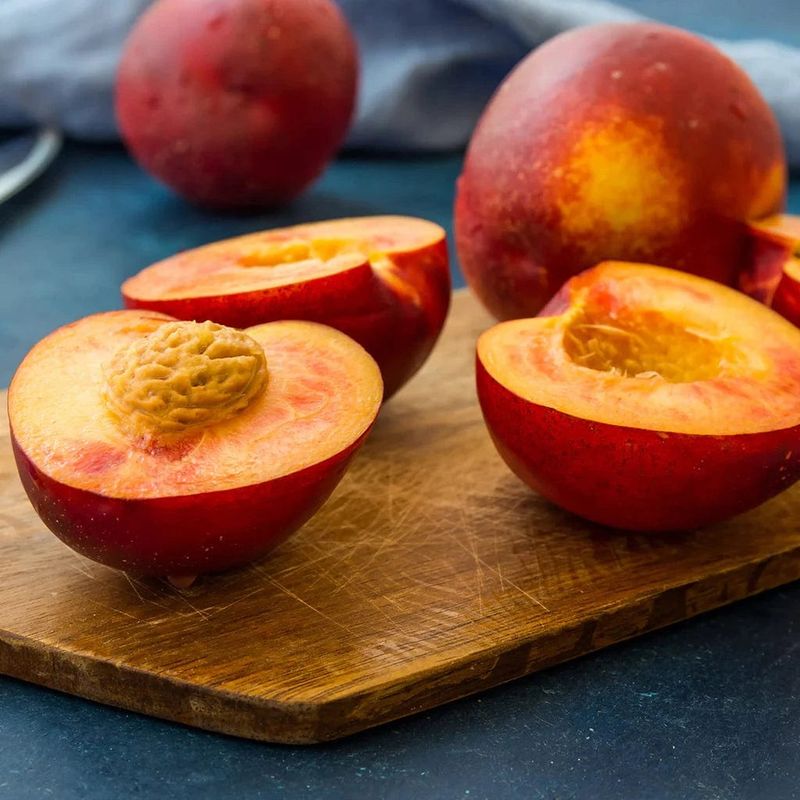
Smooth-skinned and slightly firmer than their fuzzy cousins, nectarines have a vibrant bite that’s just a bit more assertive. Their flesh is dense and deeply colored, often with a bright acidity that sparkles against their rich sweetness.
They slice cleanly into fruit salads, caramelize beautifully in tarts, and shine when layered with prosciutto or cheese. Nectarines feel elegant and precise—a sharper, sleeker expression of stone fruit goodness.
3. Plums
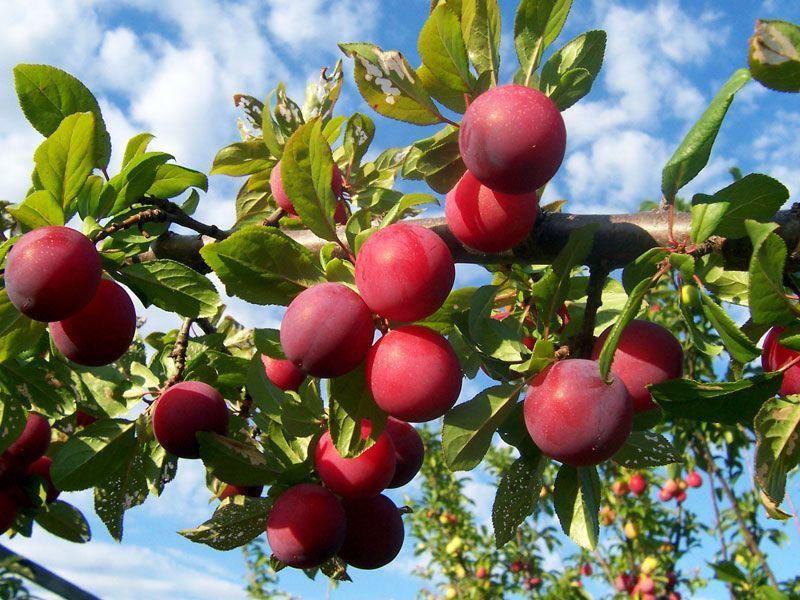
Plums span a wide range of colors and flavors—from honey-sweet to eye-poppingly tart. Their thin, shiny skins wrap around dense, juicy flesh that can be amber, crimson, or even green.
Some varieties are made for biting into fresh, while others soften beautifully when roasted or stewed. Their tang makes them stars in jams, chutneys, and rustic galettes, lending boldness wherever they go.
4. Cherries
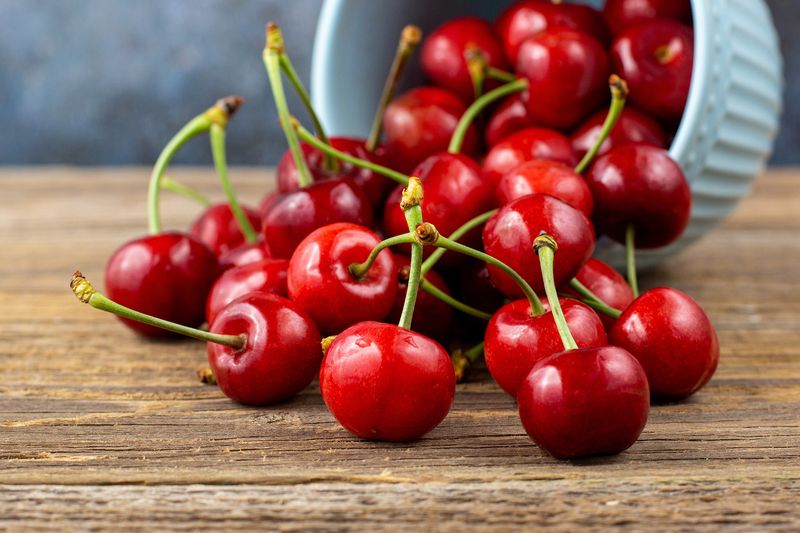
Tiny, firm, and explosively juicy, cherries are stone fruits in miniature form. Sweet varieties like Bing and Rainier burst with candy-like flavor, while sour types like Montmorency bring bright, puckering tartness.
They’re addictive straight from the bowl, but also shine in pies, compotes, and cocktails. Their season is fleeting, making them all the more treasured.
5. Apricots
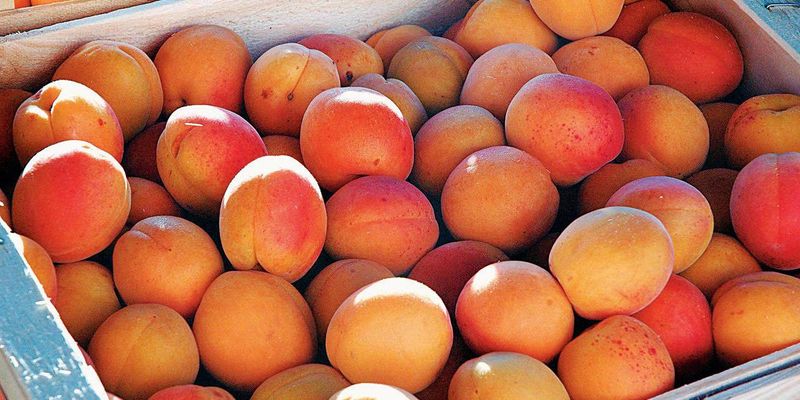
Pale orange with velvety skin, apricots offer a mild, perfumed sweetness that feels almost floral. Their flesh is soft but not watery, with a texture that melts easily on the tongue.
They lend themselves well to gentle baking, poaching, or drying for snacks. Whether tucked into pastries or eaten out of hand, apricots taste like early summer in fruit form.
6. Mangoes
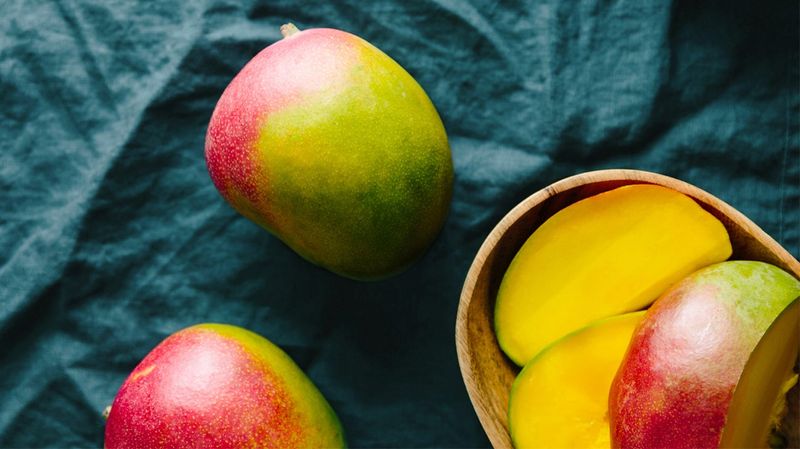
Mangoes bring a tropical twist to the stone fruit family with their juicy, saffron-colored flesh and irresistible perfume. Depending on the variety, their flavor can range from honey-sweet to tangy and spicy.
They slice easily into cubes or ribbons, perfect for salads, salsas, or smoothies. With creamy texture and intense fragrance, mangoes make every dish feel like a vacation.
7. Lychees
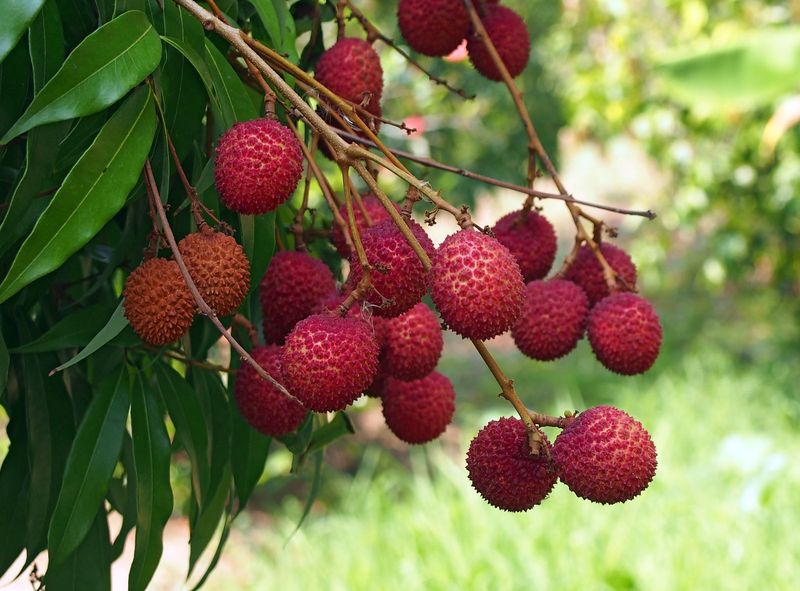
Underneath a bumpy pink shell lies pearly white flesh that’s tender, juicy, and full of fragrant sweetness. Lychees taste like grapes laced with rosewater and citrus.
They’re best eaten chilled, peeled, and fresh, though they also add intrigue to cocktails and desserts. A rare treat that offers a burst of exotic, floral refreshment.
8. Dates
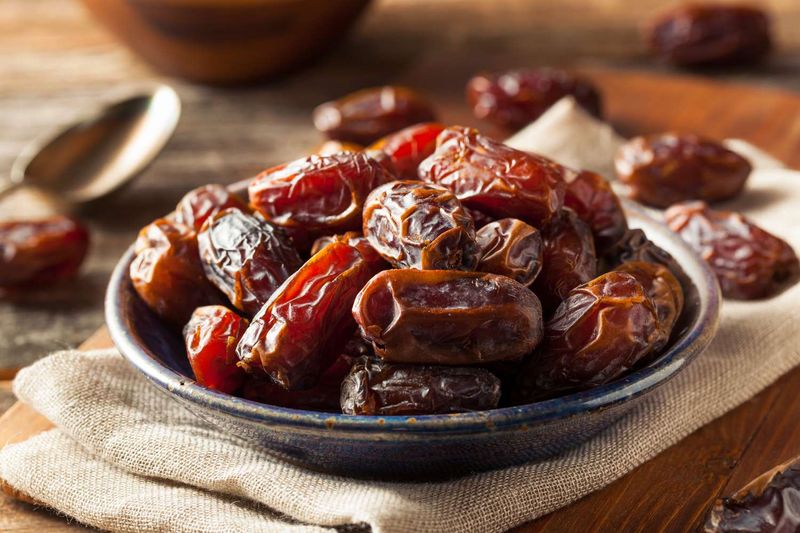
Dates are nature’s candy—deeply sweet, sticky, and caramel-like. Their wrinkled skin hides a dense, chewy interior that’s rich in fiber and natural sugar.
Medjool varieties are especially prized for their size and softness. Whether stuffed with cheese, chopped into granola, or blended into energy bites, dates bring grounding sweetness to every bite.
9. Olives

Often overlooked as a fruit, olives are a savory stone fruit harvested before or after ripening, then cured to mellow their bitterness. Their firm texture and earthy brine offer a flavor profile unlike any other in this family.
Black or green, stuffed or whole, they pair beautifully with cheese, roasted vegetables, or bread. Olives prove that not all stone fruits are sweet—some add salty depth to a meal instead.
10. Blackberries (Stone-Like Drupelets)

Though technically not a classic stone fruit, each blackberry drupelet contains a tiny seed, giving it a similar structure. The flavor is bold—sweet, slightly tart, and deeply jammy when ripe.
They’re ideal in crumbles, compotes, or folded into whipped cream. Wild or cultivated, blackberries bring a deep summer richness that lingers.
11. Mulberries

Mulberries grow in shades from white to deep purple and have a shape that looks like an elongated blackberry. Their taste is sweet, mildly tangy, and subtly floral.
These delicate fruits are rarely found in stores due to their fragile nature. Gathered fresh or dried, mulberries add gentle sweetness and nostalgia to any dish.
12. Pluots

A hybrid of plum and apricot, pluots lean heavily on plum genetics with smooth skin and juicy, complex flavor. They often have strikingly speckled skins and richly colored flesh.
Their sweetness is intense, sometimes with a slight floral tang, making them great for fresh snacking or pies. Pluots feel like nature’s most flavorful experiment gone exactly right.
13. Apriums
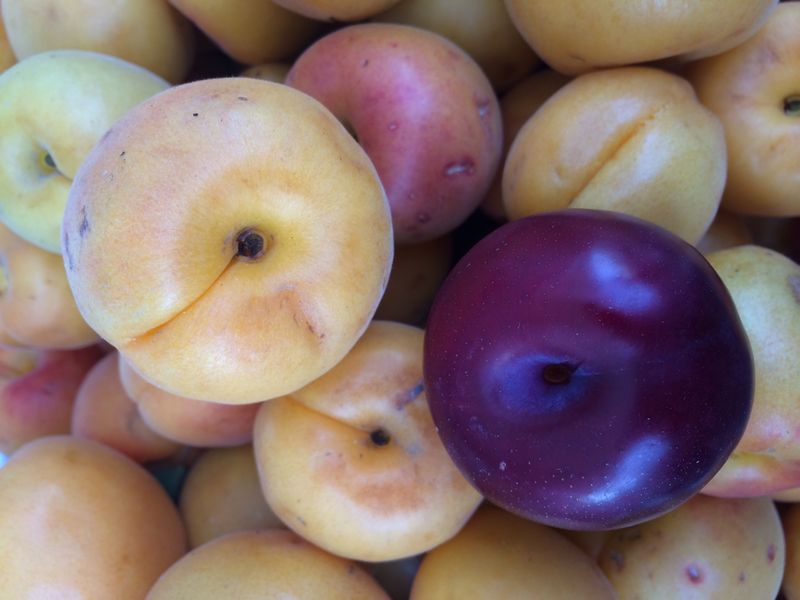
Apriums flip the pluot formula—more apricot than plum, with fuzzy skin and dense, sugary flesh. Their flavor is concentrated and honeyed, with less acidity than either parent.
They hold their shape beautifully when baked and are delightful eaten chilled. Apriums offer a deeper, richer apricot experience for stone fruit lovers in the know.
14. Rainier Cherries
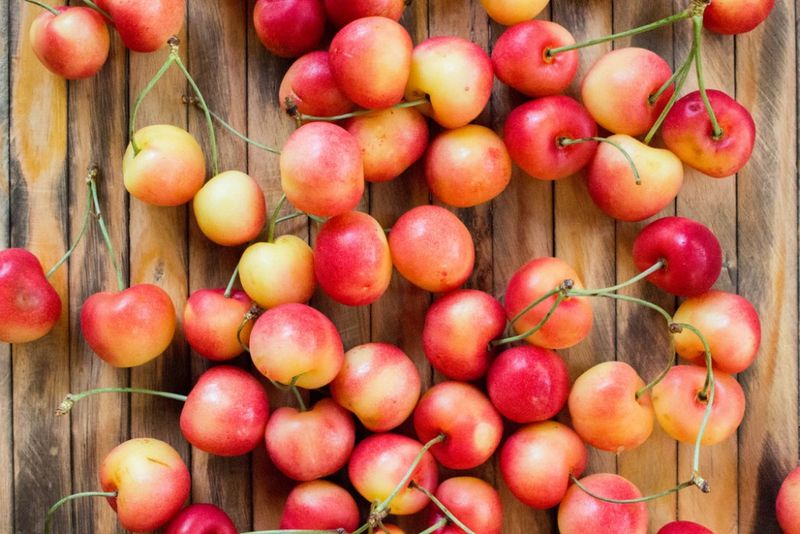
Pale golden with a blush of pink, Rainier cherries are delicate, sweet, and prized for their creamy texture. They’re less tart than traditional red cherries and extra juicy.
Best eaten fresh and unadorned, they shine in simple desserts and fruit salads. Because of their short season, they’re a true summer luxury worth seeking out.
15. Donut Peaches

Flat and squat with a dimpled center, donut peaches have thin skin and ultra-sweet white flesh. Their shape makes them fun to eat, and their taste is even better.
They’re less acidic than standard peaches and incredibly aromatic. Perfect for eating out of hand, their low-fuss charm and syrupy flavor make them a late-summer favorite.

